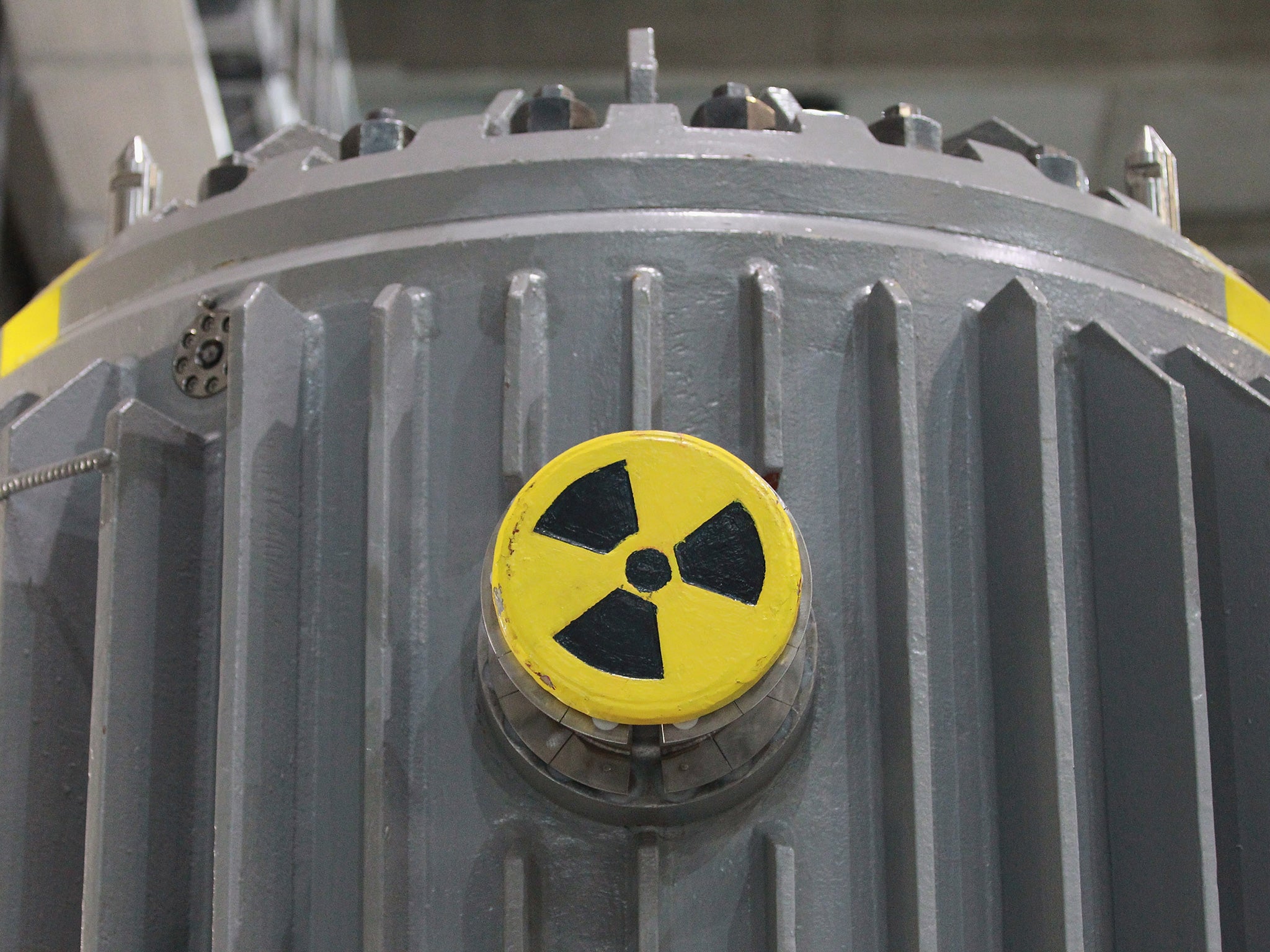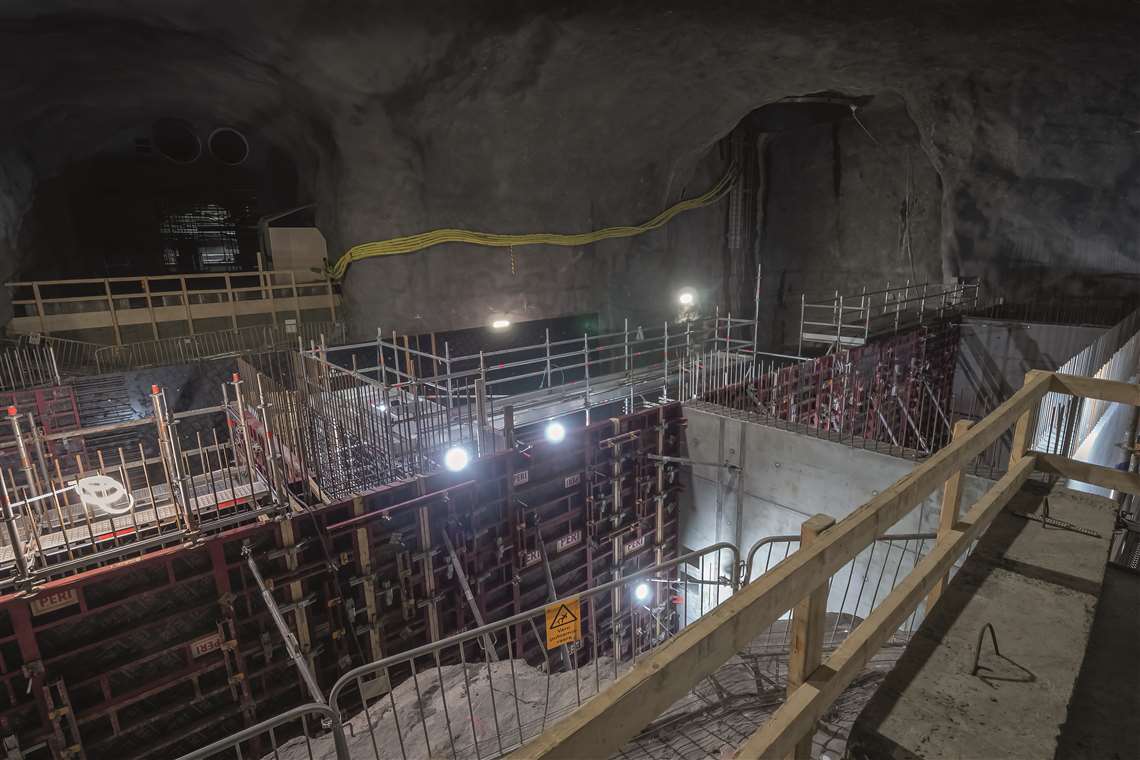

Yet this symbol, Blanquer said, "comes from alchemists." If the underlying social convention fades away, then the symbol's meaning does too.įor instance, you know for sure what the skull pictogram means.

But as Florian Blanquer explained, just like language, pictograms are symbols which only work if they're based on social conventions. Pictograms! We already use them to warn against hazards. The problem with art, explained Peter Galison, professor of the History of Science and of Physics at Harvard University and author of the Containment documentary, is that if a message is too artistic, then it might not be properly understood as different people may have different interpretations of it. The Ray Cat Solution from Benjamin on Vimeo. The felines, chosen because they're well-loved or even worshipped in some parts of the world, would change colour when near radioactive waste. Meanwhile, semioticians - experts in the study of signs and symbols as elements of communication - Francoise Bastide, from France, and Paolo Fabbri, from Italy, proposed using genetically-modified cats. In a report, the researchers led by Thomas Sebeok of the University of Indiana recommended the creation of a nuclear priesthood, inspired by the Catholic Church, which would relay information down the generations through "a mixture of iconic, indexical and symbolic elements" and "a high degree of redundancy of messages." The plant, which now exists, is the country's only deep geologic repository for nuclear waste. In the mid-1980s, a group of researchers was appointed by the US Department of Energy to work on a knowledge transmission system ahead of the construction of the Waste Isolation Pilot Plant in New Mexico. "Everyone has to think about how they can make sure this knowledge is transferred to the next generation of reviewers, regulators, or even waste managers so that they know where the information is," she explained.īut again, how do you do so if traditional means of recording information and the languages we currently use cannot be relied upon? Why language may fail us The problem, she warned, is made all the more urgent as some of the people working in the nuclear industry and the waste management sector are getting close to retirement age. The social input, the social concern and their exceptions should also be taken into account, even in designing your information management system," she added.

"What we now have heard from many countries is that at each step when developing a waste facility, you have to listen to people. Preserving information in the long-term should not be seen as the sole responsibility of regulators of waste-management organisations, Dr Gloria Kwong, acting head of the radioactive waste management division at the Nuclear Energy Assembly (NEA) told Euronews. The OECD's Nuclear Energy Agency (NEA) has since created a working group whose task it is to set the best practices on Radioactive Waste Repository Metadata Management so that all the information is not only stored properly but is also easily accessible as national nuclear waste programmes evolve.


 0 kommentar(er)
0 kommentar(er)
